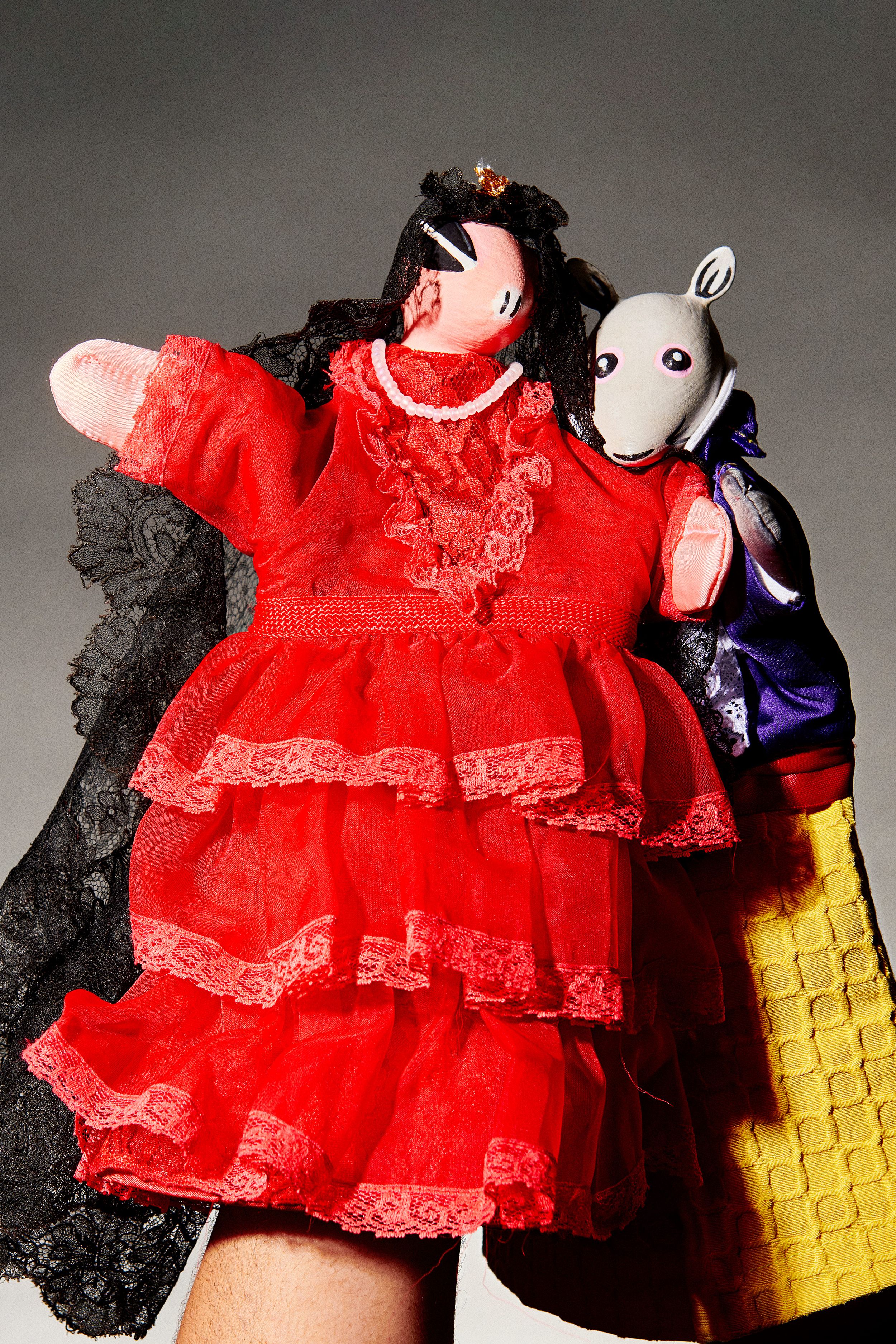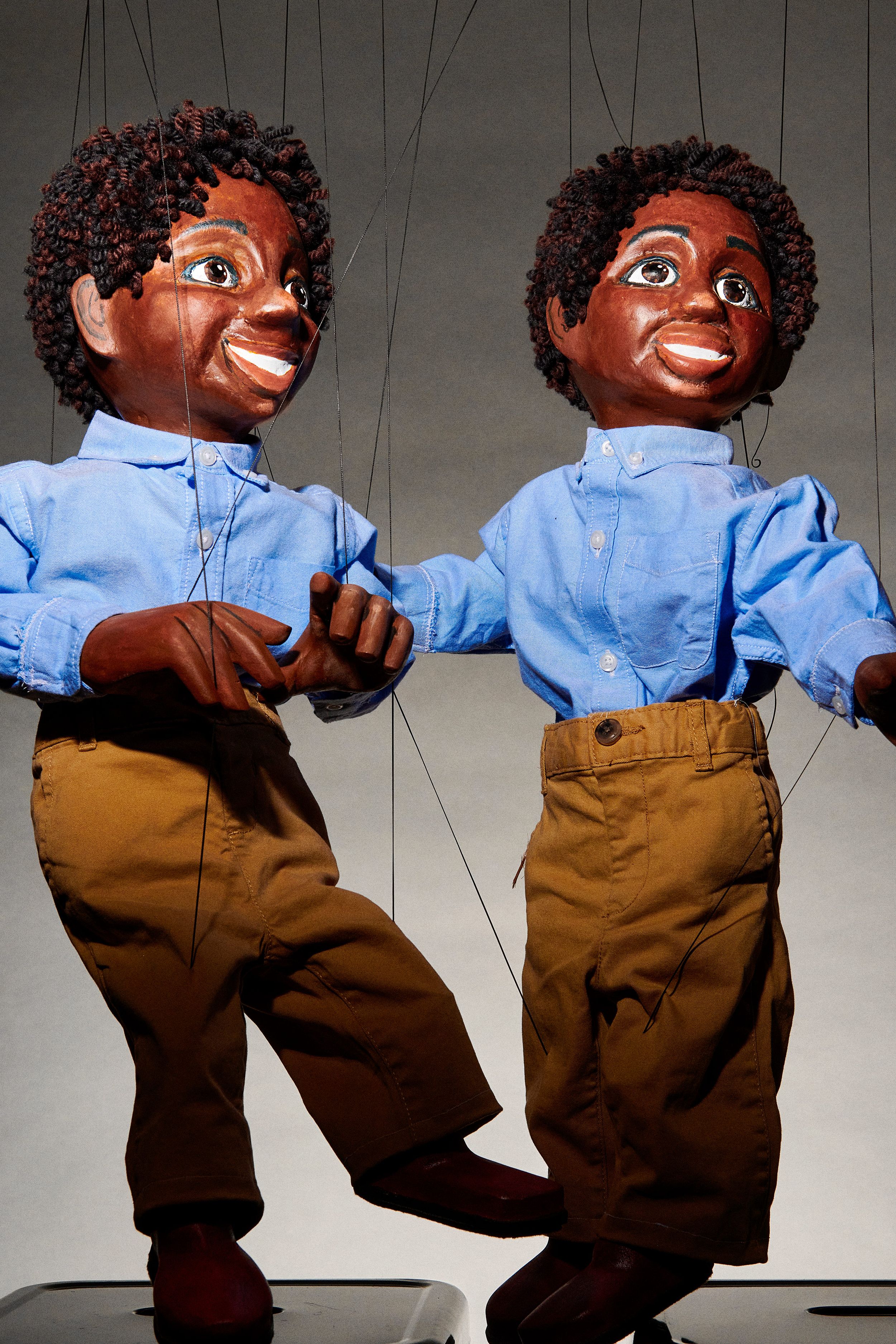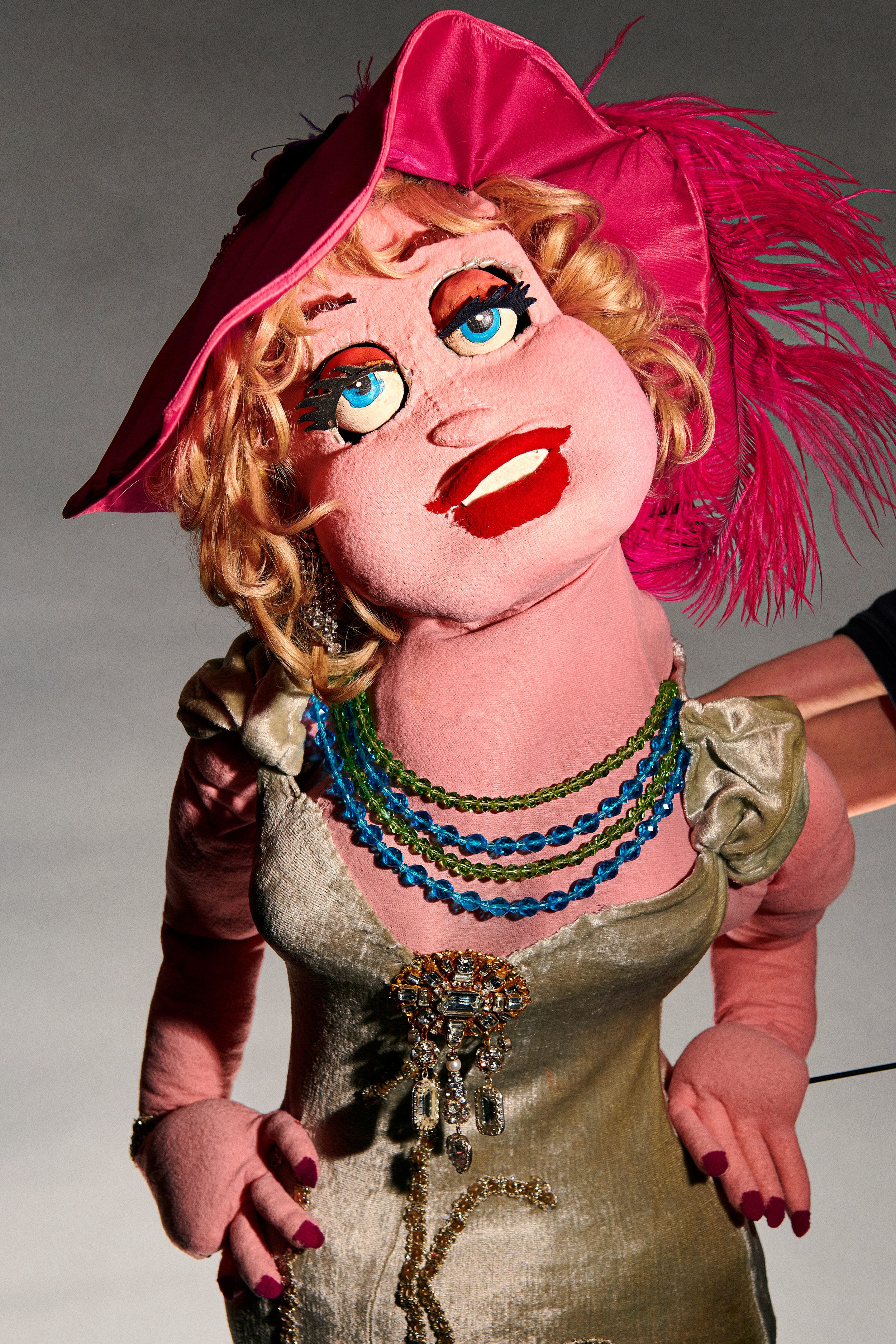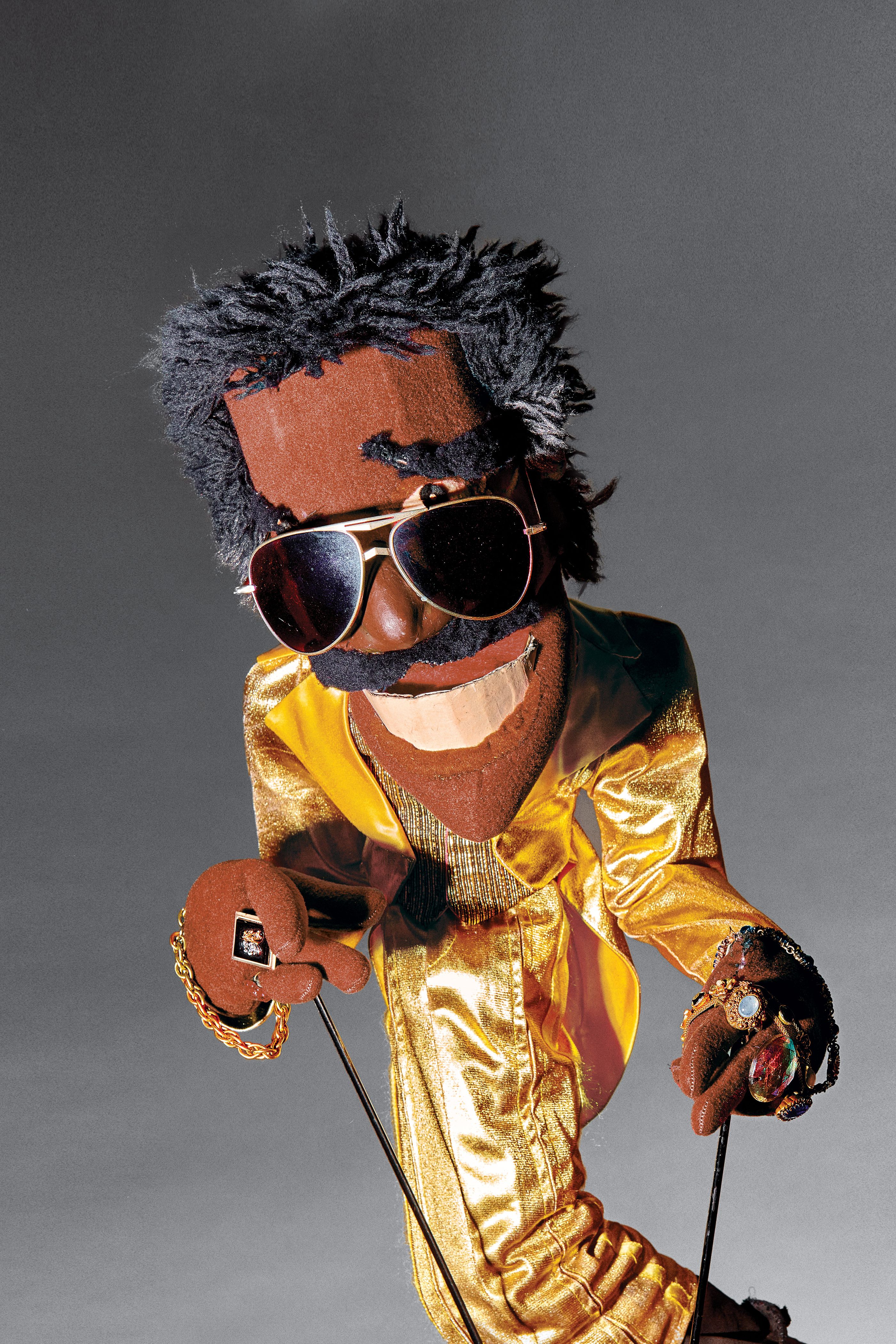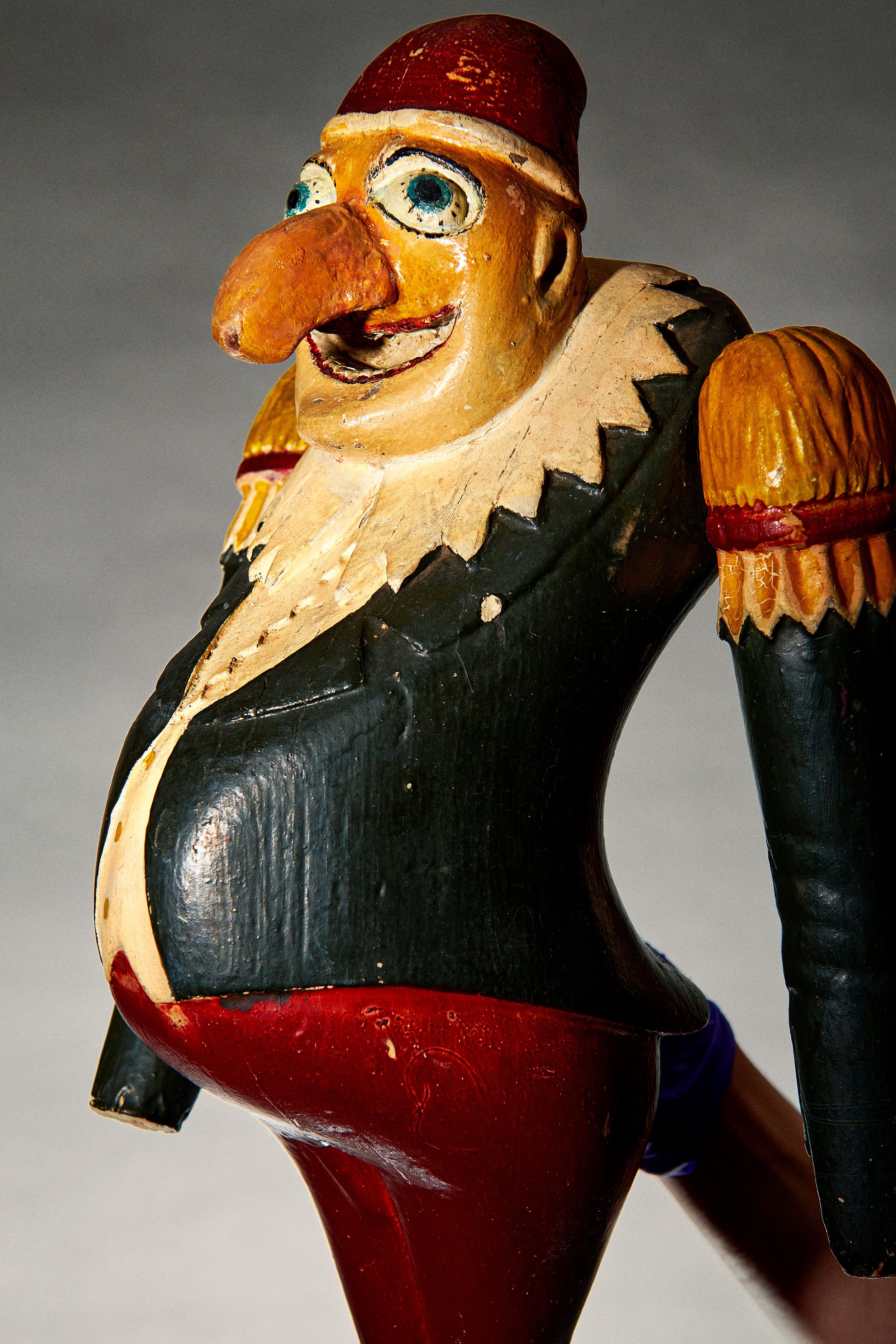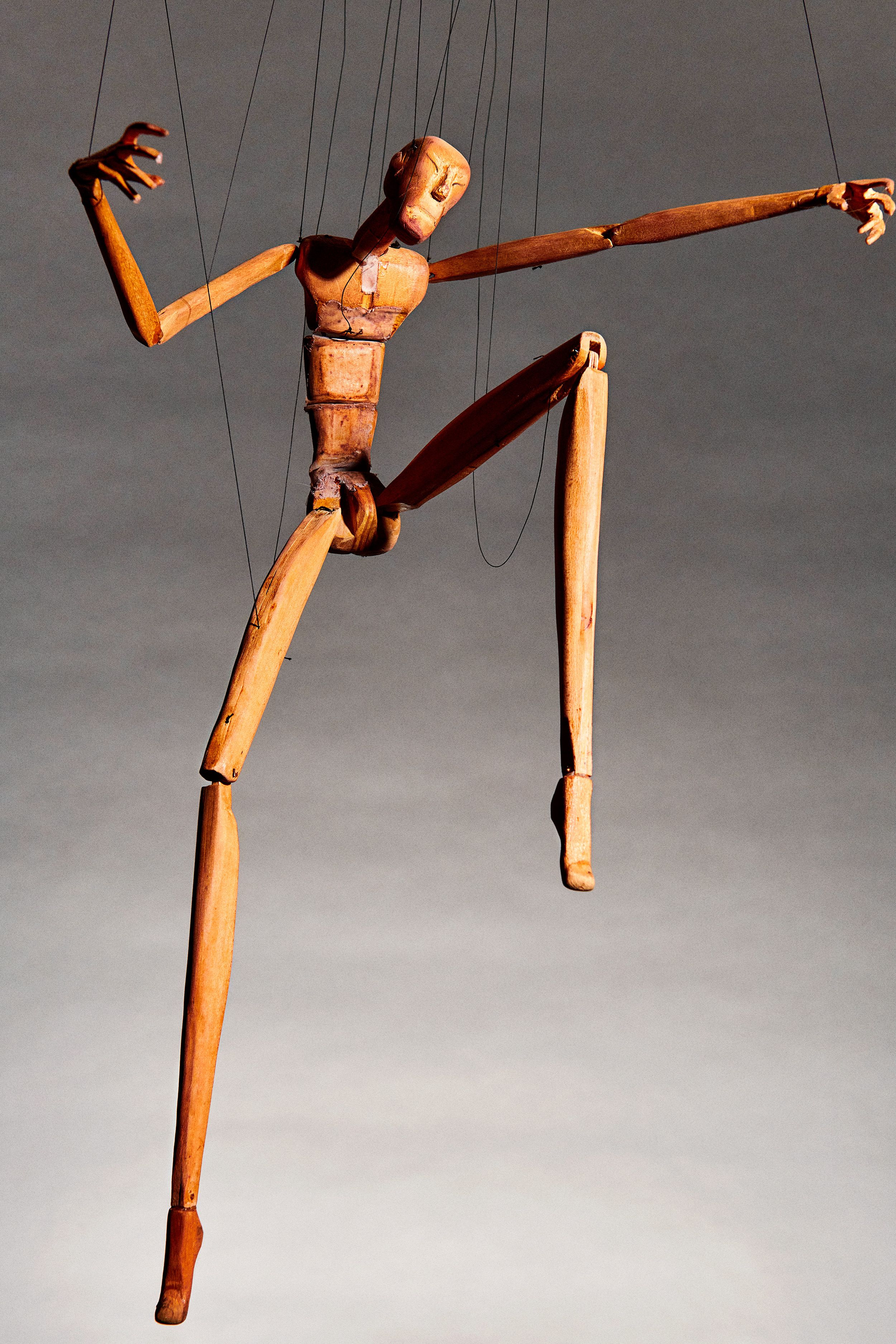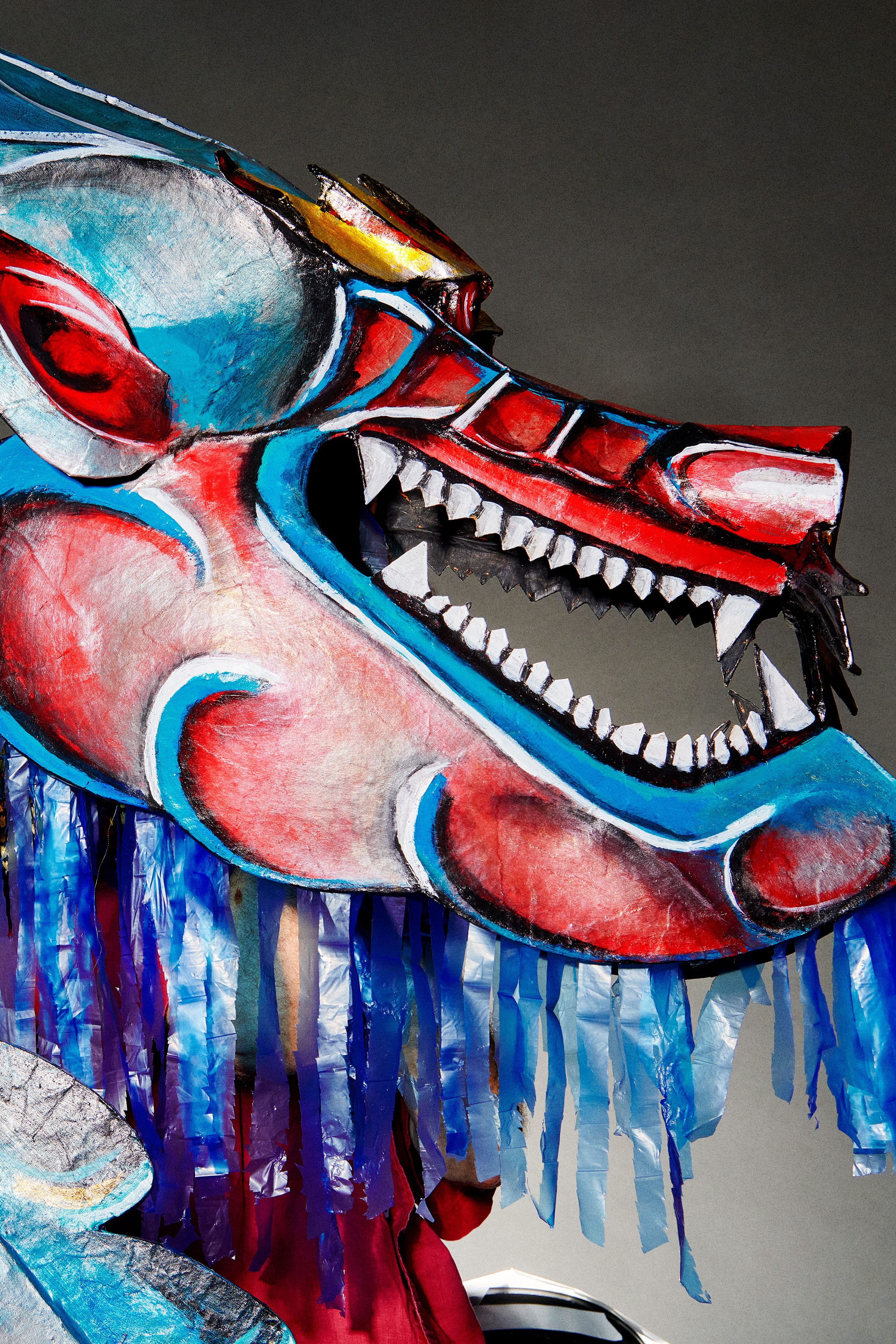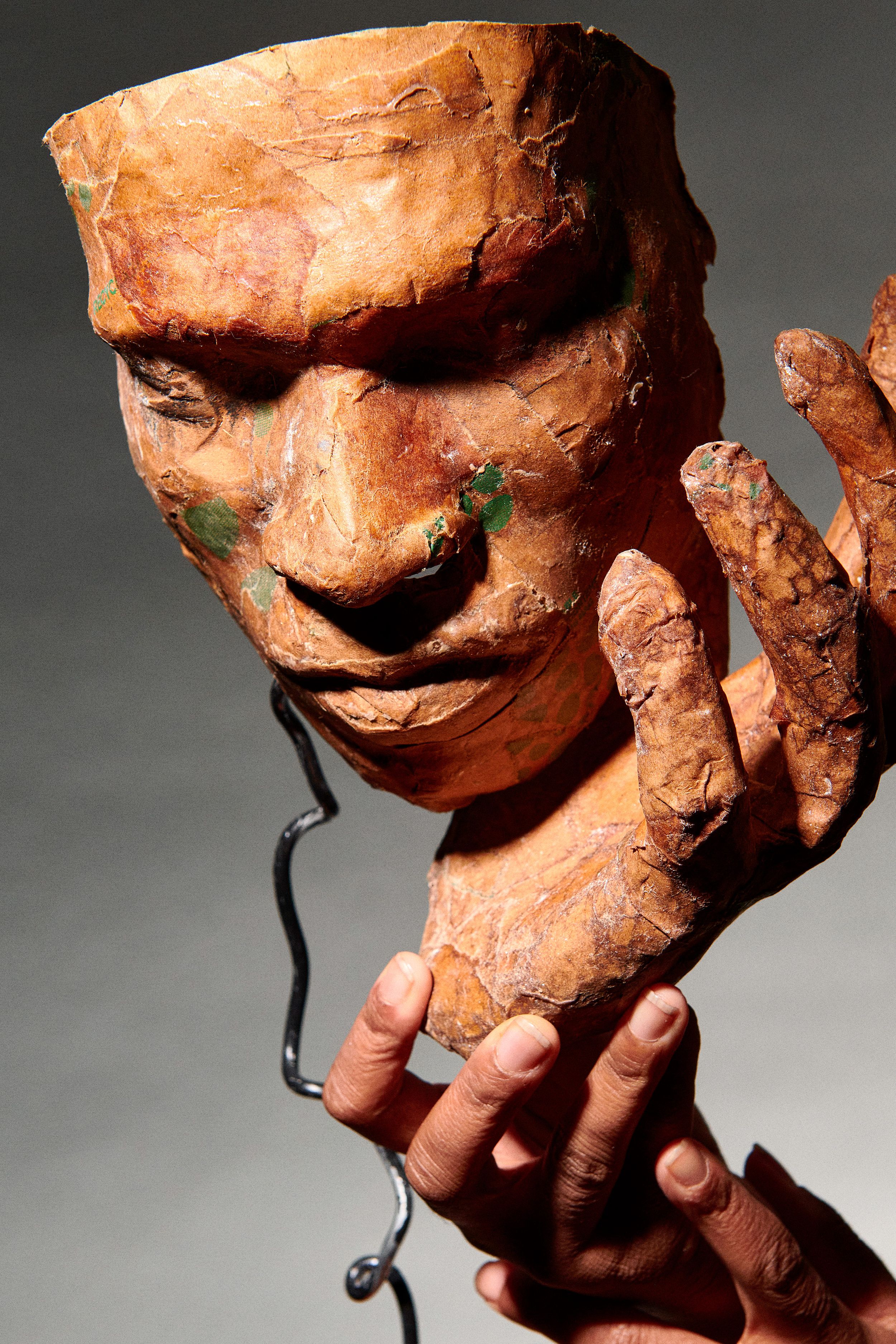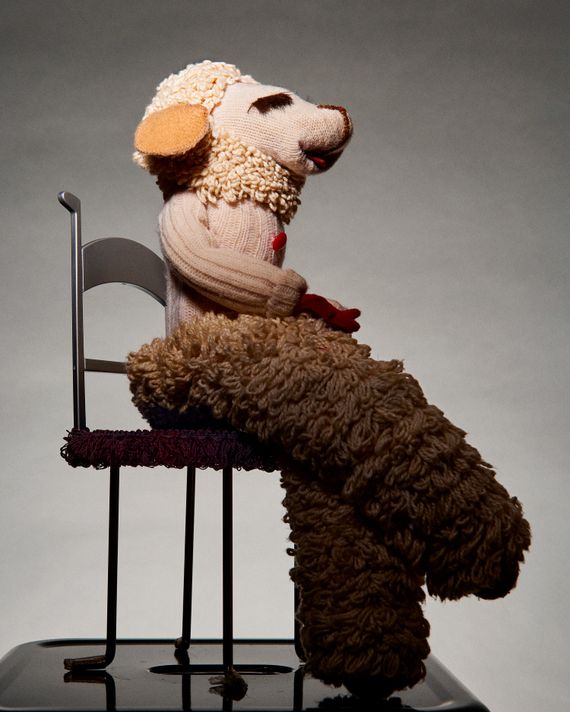
New York has always been a land of puppets. From the childhood comforts of Sesame Street to the gleeful pop perversities of Avenue Q, from Basil Twist’s poetic avant-garde effigies to the zodiac-animal glove puppets of the Chinese Theatre Works, puppet-makers and puppeteers have gathered here for generations, honing their craft. In fact, New York is one of the only cities in the country where puppeteer is a civil-service job: We have four, housed at the Swedish Cottage Marionette Theatre in Central Park.
A new show at the Museum of the City of New York captures this heritage. Launched in collaboration with the International Puppet Fringe Festival NYC (which starts on August 11 at the Clemente Center), Puppets of New York will offer a historical look at the development of puppetry in the city as both a marker of and an instigator for cultural change.
“Puppetry is a very old art, and it is a very subversive art,” says the Andrew W. Mellon Foundation fellow Monxo López, who curated the show. “Puppeteers were a seedy group of people and were mistrusted by authorities because puppets are able to say things to power that humans cannot. My idea was to showcase the diversity of puppet traditions” — traditions, he says, that reflect the histories and migration lines that have shaped the city into what it is today. The irrepressible jester Punch, for example, came over with the British; over time, as diasporas settled in New York from Asia and Africa and Latin America, the newcomers added to the city’s puppet lineage.
In curating the show, López also tried his hand at building and operating puppets himself, but quickly realized he couldn’t. “It’s not something you can teach yourself watching YouTube,” he says. “Its a very medeval art, you have to learn it under a senior puppeteer.”
But as much as anything, the show will be fun: López’s 8-year-old daughter, Xul, joined him on all the studio visits to make sure of it. “We will also have the rock stars like Oscar the Grouch and Lamb Chop,” says López. “But in a way, all of these puppets come from and are inspired by what we see in the city’s streets.”
Cucarachita Martina and Ratoncito Pérez
Designed by José A. López Alemán for Pura Belpré’s characters.
“Martina and Pérez are a Latin American story tradition which was reframed and reinvented by a Puerto Rican woman, Pura Belpré, who was living here and the first latino librarian for the New York City Public Library,” he says. The stories, which were read by many diaspora children in the city, were later re-translated back into Spanish, and he foundly remebers reading them growing up in Puerto Rico.
Seneca Boys
Created by Larry Aumen and Kevin White, Swedish Cottage Marionette Theatre (1975).
“They come from Swedish Marionette Cottage,” the city’s oficial puppetry company, in Central Park, which dates back to 1939. These two were originally built for a performance of Peter Pan. For many years, the company has been run by Bruce Cannon, “who is Black and a labor leader,” he notes, and the Seneca Boys were named after Seneca Village, which was, before it was destroyed by the development of Central Park in the 1850’s, a predominately Black community of property owners.
Trekkie Monster
Created by Rick Lyon and the Lyon Puppets (2005); performed by Rick Lyon and Jennifer Barnhart for Avenue Q.
“He’s obsessed with social media — with porn, essentially,” he says. “I think he speaks to the way puppets or how puppets — or constructed actors — have impacted the theater life of New York City. And New York City is in a way defined by theater industry.”
Mae West
Designed, built, and performed by Craig Marin and Olga Felgemacher, Flexitoon (1974).
She was made by a group called Flexitunes, a puppet atelier of sorts which was founded in the city in 1979. “I wanted her not only because she is beautiful, but because it used to be if you were a famous performer you had puppet made after you.”
Sammy Davis Jr.
Designed, built, and performed by Craig Marin and Olga Felgemacher, Flexitoon (1974).
Another from Flexitoon.
Punch
Unknown maker (undated).
Punch is “probably the oldest continually performed puppetry tradition,” he says. “Almost every culture has developed their version” of the trickster puppet — in Russia, he’s called Petrushka, in Turkey, Karagöz, in Spain, Don Cristóbal — “which fulfills the human need to speak truth to power. It’s much harder for a despot to go against a puppet.”
Stickman
For performer Basil Twist (1991)
“New York City puppets are not only the kiddie stuff,” he notes. Basil Twist’s avant guarde puppetry is recognized all over the world.
Dragon King
Stephen Kaplin/Chinese Theatre Works (1993).
The Dragon King was built by the Chinese Theater Works. Stephen Kaplin, who came from Bread & Puppet, is its co-director with Kuang-Yu Fong.
Dinner Party Guest
From Nehprii Amenii’s Food for the Gods (2018).
Nehprii Amenii’s multimedia performance installation Food for the Gods, which this came from, which premiered at the downtown experimental theater La MaMa, is another example of serious puppetry. it depicts a murdered young Black man in heaven, “sittng around a larger table with other dinner guests who have also met their untimely deaths because of the color of their skin.”
Cucarachita Martina and Ratoncito Pérez
Designed by José A. López Alemán for Pura Belpré’s characters.
“Martina and Pérez are a Latin American story tradition which was reframed and reinvented by a Puerto Rican woman, Pura Belpré, who was living here and the first latino librarian for the New York City Public Library,” he says. The stories, which were read by many diaspora children in the city, were later re-translated back into Spanish, and he foundly remebers reading them growing up in Puerto Rico.
Seneca Boys
Created by Larry Aumen and Kevin White, Swedish Cottage Marionette Theatre (1975).
“They come from Swedish Marionette Cottage,” the city’s oficial puppetry company, in Central Park, which dates back to 1939. These two were originally built for a performance of Peter Pan. For many years, the company has been run by Bruce Cannon, “who is Black and a labor leader,” he notes, and the Seneca Boys were named after Seneca Village, which was, before it was destroyed by the development of Central Park in the 1850’s, a predominately Black community of property owners.
Trekkie Monster
Created by Rick Lyon and the Lyon Puppets (2005); performed by Rick Lyon and Jennifer Barnhart for Avenue Q.
“He’s obsessed with social media — with porn, essentially,” he says. “I think he speaks to the way puppets or how puppets — or constructed actors — have impacted the theater life of New York City. And New York City is in a way defined by theater industry.”
Mae West
Designed, built, and performed by Craig Marin and Olga Felgemacher, Flexitoon (1974).
She was made by a group called Flexitunes, a puppet atelier of sorts which was founded in the city in 1979. “I wanted her not only because she is beautiful, but because it used to be if you were a famous performer you had puppet made after you.”
Sammy Davis Jr.
Designed, built, and performed by Craig Marin and Olga Felgemacher, Flexitoon (1974).
Another from Flexitoon.
Punch
Unknown maker (undated).
Punch is “probably the oldest continually performed puppetry tradition,” he says. “Almost every culture has developed their version” of the trickster puppet — in Russia, he’s called Petrushka, in Turkey, Karagöz, in Spain, Don Cristóbal — “which fulfills the human need to speak truth to power. It’s much harder for a despot to go against a puppet.”
Stickman
For performer Basil Twist (1991)
“New York City puppets are not only the kiddie stuff,” he notes. Basil Twist’s avant guarde puppetry is recognized all over the world.
Dragon King
Stephen Kaplin/Chinese Theatre Works (1993).
The Dragon King was built by the Chinese Theater Works. Stephen Kaplin, who came from Bread & Puppet, is its co-director with Kuang-Yu Fong.
Dinner Party Guest
From Nehprii Amenii’s Food for the Gods (2018).
Nehprii Amenii’s multimedia performance installation Food for the Gods, which this came from, which premiered at the downtown experimental theater La MaMa, is another example of serious puppetry. it depicts a murdered young Black man in heaven, “sittng around a larger table with other dinner guests who have also met their untimely deaths because of the color of their skin.”
Puppets of New York opens at the Museum of the City of New York August 13.


